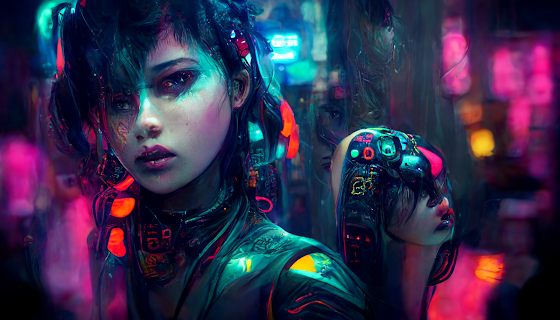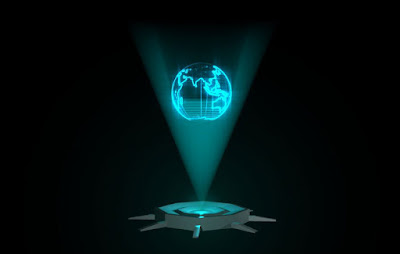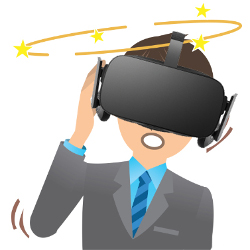The Future of Painting in the Age of AI: A Look Ahead to 2030
The Future of Painting in the Age of AI: A Look Ahead to 2030 Over the next five to six years, artificial intelligence (AI) is set to revolutionize how painters create, share, and monetize their work. While some fear that AI might replace traditional artists, history and emerging trends show that it is far more likely to enhance a painter's life, expanding creative horizons and improving day-to-day workflows. Here's a detailed look at how painters can embrace AI to thrive in the next decade. 1. AI as a Creative Assistant AI-powered tools like DALL-E, Midjourney, and Adobe Firefly allow artists to generate rough compositions, experiment with styles, and ideate faster than ever. A painter can input a prompt such as "sunset over a rural Telugu village in Van Gogh's style," and receive multiple visual inspirations instantly. Use Case: An artist struggling with creative block can generate AI sketches to break out of a rut, then use traditional media to refine t...





